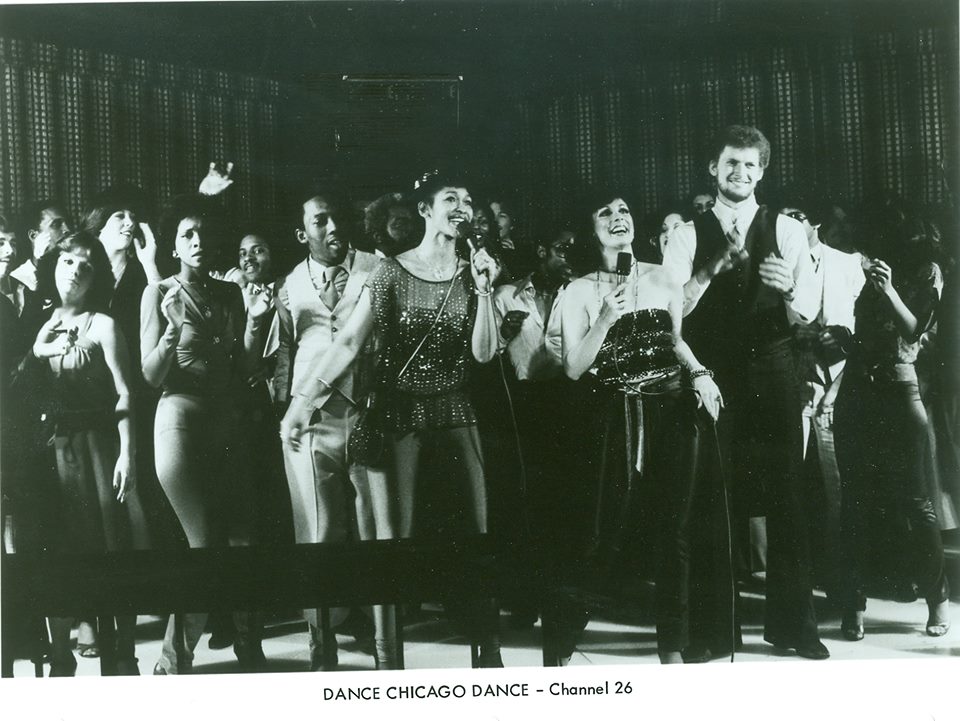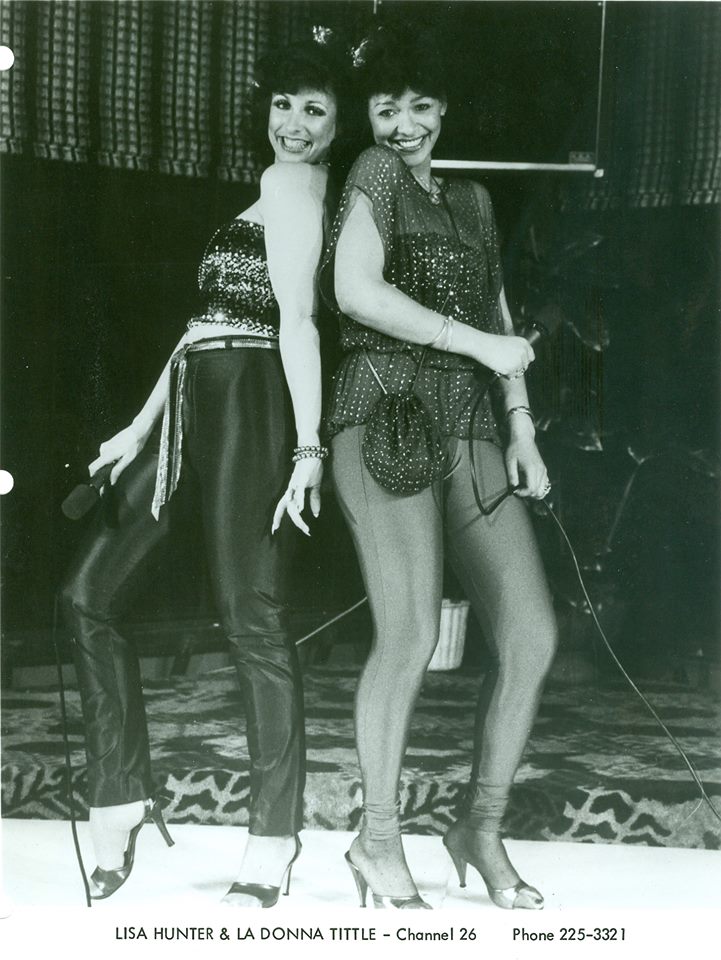
Back in 1980, Chicago was still a national hub for music (like LA, Nashville, and New York are today). During that time, Producer/Promoter/Entrepreneur Eddie Thomas ran the influential Dogs of War DJ record association. Based out of Chicago, they were a record pool famous for breaking a number of seminal disco recordings.
Essentially, a record pool is a service that DJs either subscribe to or otherwise sign up for. New records from participating labels are distributed to the DJs as promotional copies. Dogs of War primarily worked with DJs that worked at black clubs on the South Side of Chicago. In the day, they were frequently mentioned in disco write ups in industry papers such as Billboard.

Together, Eddie & the Dogs of War Association produced a TV program pilot called “Dance Chicago Dance”. According to Director Bernie Howard Fryman:
“The year was 1980 and disco was the thing. This is the pilot of the Chicagoland dance show that I shot and directed in cooperation with executive producer Eddie Thomas and “The Dogs of War DJ Association”.
This show was created to feature new music and was to be shot from various discos in the Chicago area.
This show never aired and was dubbed from a Betamax demo of my show. We even cut in a few commercials for realism.”

Featuring a theme song by Al Hudson and One Way, and hosted by radio personality LaDonna Tittle (then at WJPC) and Lisa Hunter (a member of the Dogs of War), the program was an all-star affair. This pilot also features two performances featuring Chicago’s own silver lame-clad disco artist Captain Sky. His extravagant costumes are worth the price of admission. The pilot was shot in suburban Naperville (!) at Valentino’s Disco. It features, notably, a racially mixed crew of dancers.

The “Dance Chicago Dance” pilot was shot in 1980, well after Steve Dahl’s infamous “Disco Demolition Night” that occurred on July 12, 1979, at Comiskey Park. The disco scene in Chicago was a well oiled machine in many ways because Chicago’s Black music scene had dwarfed the rock and pop scenes for much of the mid-20th Century in terms of record sales, record label prominence, and distribution. It was easy to get the music out there.
From the Electrified Delta Blues of Chess Records to the sweet soul of Brunswick Records and Curtom Records (and many labels in between), the baton was passed to disco, and eventually to house. It’s arguable that the prominence of disco music over rock music (often considered to be “white music”) in Chicago (mixed with some good old fashioned racism & homophobia) churned up the Disco Demolition. By 1979, disco had become a universal juggernaut; but its roots were in black and brown communities, as well as in the gay community (a fact that disco shares with house music).
About 50,000 people showed up to the event, during which radio shock jock Steve Dahl was to destroy audience supplied disco records in a massive explosion on the baseball field. But to illustrate the inherent racism, Vince Lawrence, who at the time worked at Comiskey Park as an usher, noted that many of the records were not disco at all. According to an NPR piece, there were:
“Tyrone Davis records, friggin’ Curtis Mayfield records and Otis Clay records,” he recalls. “Records that were clearly not disco,” but that were by black artists [from Chicago].
Regardless, this video documents clearly that Disco Demolition Night did not, in fact, demolish disco in Chicago. In many ways, disco was just about to get started as something new: House. And that usher at Comiskey Park during the Disco Demolition Night wound up co-writing what is credited as the first truly House record (as opposed to a disco record played in house music clubs), 1984’s “On and On”.
He picked up a lot of good records that night, too. So Dance, Chicago, Dance. Jive on!

Leave a comment